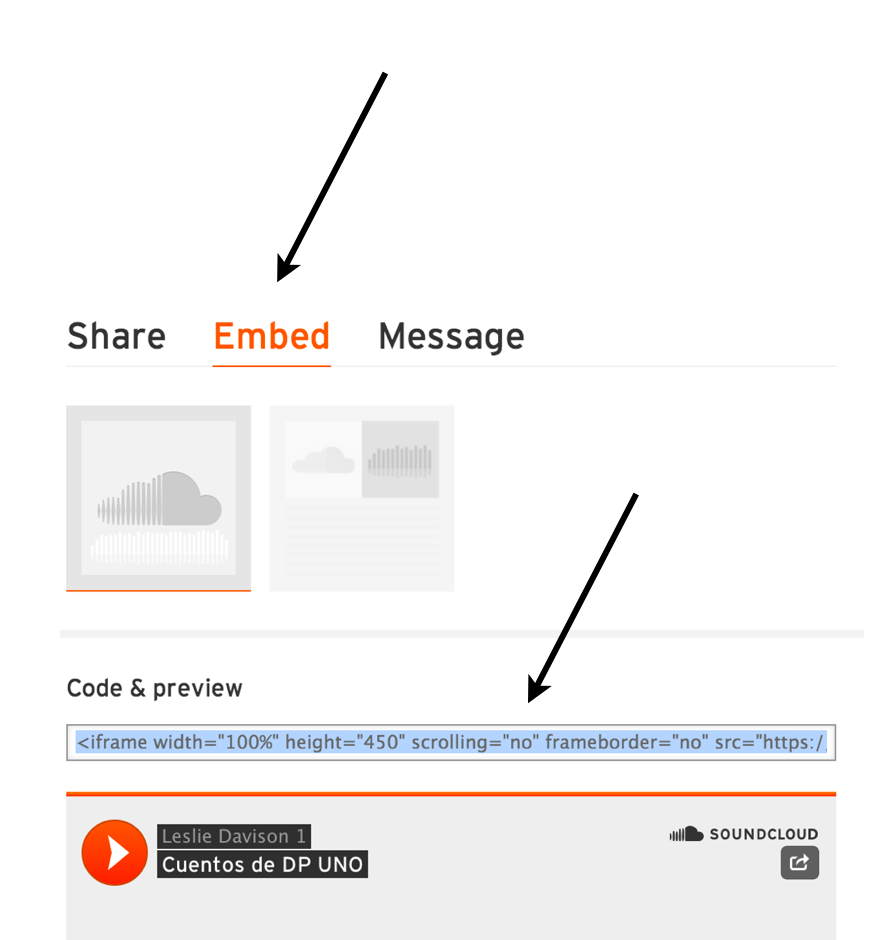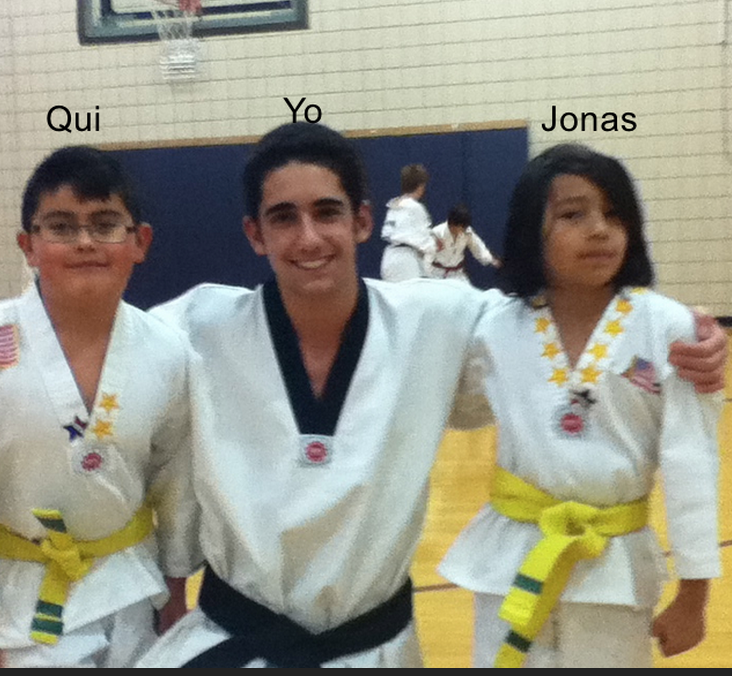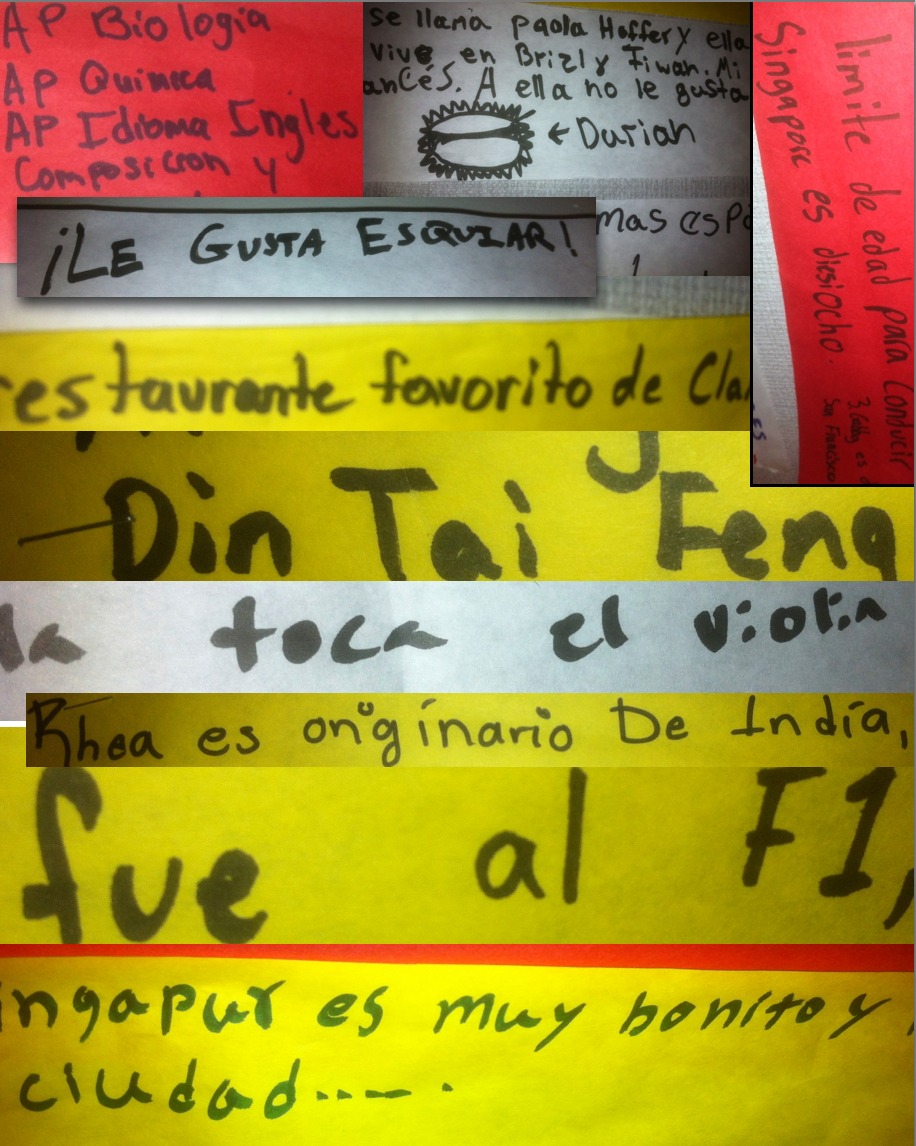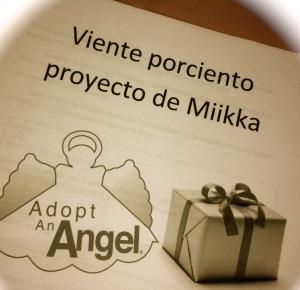19 ideas for integrating songs into your WL Classroom
/I was recently asked how I integrate songs into my Spanish classes. Here is the much longer version of my answer.
I consider, first, teaching just the chorus or a portion of the song. It’s an authentic resource, which is fantastic, but typically over the head of most of my students without lots of backwards planning. So, choosing just a portion is fine. My 9th graders still sing the chorus to Estrella de Mar (starfish) that I taught them in first grade when they were studying the ocean.
Next, I choose 5-9 structures I want to teach or emphasize. I choose cultural items whenever possible.
We learn the structures via a story, personalized questions, images, actions, etc. I have students DO something with this language before actually reading or singing the song. Sometimes I run the lyrics through a world cloud app and have students predict the meaning of the song. Other times I simply have students identify and circle the target structures on their written copy of the song. Either way, students know which words and cultural topics are important in each song.
Below is a list of activities I use when teaching songs. I do not do each of these with every song . My students and I prefer variety. One thing that never changes is the focus on NEW vocabulary and grammar structures present in the song. I also do not allow students to mosey to the baño during a song. I stress the importance of DOUBLE input (reading and listening) so going to the bathroom is strongly discouraged.
- Listen to the song and students raise their hand/elbow/finger or show jazz hands when they hear the target structure. If they have cards with the new vocab, they raise the actual word when they hear that word. I usually don’t have the video on for this part as it’s hard to read when you can watch famous singers dancing on the screen. I just want them to follow along at this point.
- Listen to the song and students sing or act out the target structures as they follow along.
- Listen to the song and draw vocabulary or culture from the song. Another day, using their drawings, they listen and point to where in the song a certain word or cultural concepts appears.
- Students fill out a cloze activity sheet while listening. We have purchased many from Zach Jones. If I do create my own, I make multiple cloze versions so we can repeat the activity. I challenge students to make their own versions of a cloze sheet and share it with a friend. Easy to share the Google Docs.
- Divide the song up into 4 or 5 lines and give each portion to a pair, a table, a group, etc.
Each group... (pick one or let them choose)
- Videos themselves on their phone or my iPad singing their part.
- Writes the lyrics of their portion on (huge, tiny or colored) paper.
- Draws their portion of the song and sings it 4 times.
- Creates actions to their part to teach to the class.
- Reads and sings their portion 7 times.
Then, the class listens again and each group highlights their section above.
- The class makes two lines so that each student has a partner. Line A reads/sings one part of the song and then Line B sings another part. After a few lines, I have one person move down from Line A so each student has a new partner.
- The Voice or some competition between groups of students. Whomever sings w/ more emotion wins. Prizes to the winners if you are keen on giving prizes. Today winners received ACTFL shopping bags for their amazing performance.
- The class makes a huge circle. Each students reads or sings along while walking slowly in the circle. Seems to take the pressure off while kids have to focus on reading and walking at the same time.
- Show the music video. I use a version with the lyrics on the screen if possible. Good for karaoke, too.
- Duets. Class is divided into teams of two. Each team stands-up or stands on a chair, sharing one microphone/pencil while singing the song. Very dramatic is the key to this one.
- Two truths and one lie. Student reads/sings lines from a song and asks class/partner if they are true or false and class/partner responds.
- If you have lots of props, have students sing to the props. Or, the props can sing. This is fun once a year and is perfect for shy kids.
- Students create a music video for a portion of the song. They add images and text to the words to the song. This forces them to listen over and over again to get it just right. Google presentations works well for this.
- While listening to a song with lots of culture, students search Google to find high quality images of the cultural context. They then draw something similar on their song sheet. I play the target song while they are searching.
- Students use the new vocabulary from the song to either write a new song or create an original story. This shows me they have (or have not) truly acquired the new structures.
- A new idea for me is to have students tweet or blog just a portion of the song that resonates with them. They use SoundCloud or Audioboo to record and then embed the recording into their blog. They are careful to credit the artist when publishing to their blog.
- Students buy songs in iTunes and/or make YouTube or Spotify playlists of our class songs so they can practice at home. I also have a list of our current songs w/ links on our class website.
- Remix. Once we have a pile of songs under our belt, I have kids remix them and create their own songs in small groups. They love it.
- One of my favorites, since I often use storytelling in my class to teach vocabulary and grammar, is to add lines from songs to our stories. The more recycling of this compelling input the better. For example, when Ben saw the girl, she yelled: “dime que no” (tell me it's not true), “mientes” (you lie) or “las olas me hablan de tí”(the waves remind me of you). It's super fun and we are using the language in context. I either have the music cued up and ready to go, have a student pull it up on her phone quickly or have the entire class sing the line.
Hope this gave you something new to add to your music tool belt. Please add (via a comment) what you do with songs. I’ve found it easy to find songs but more challenging to create varied activities so that students acquire the language to use for future communication.
Drawings from Latinoamerica by Calle 13














